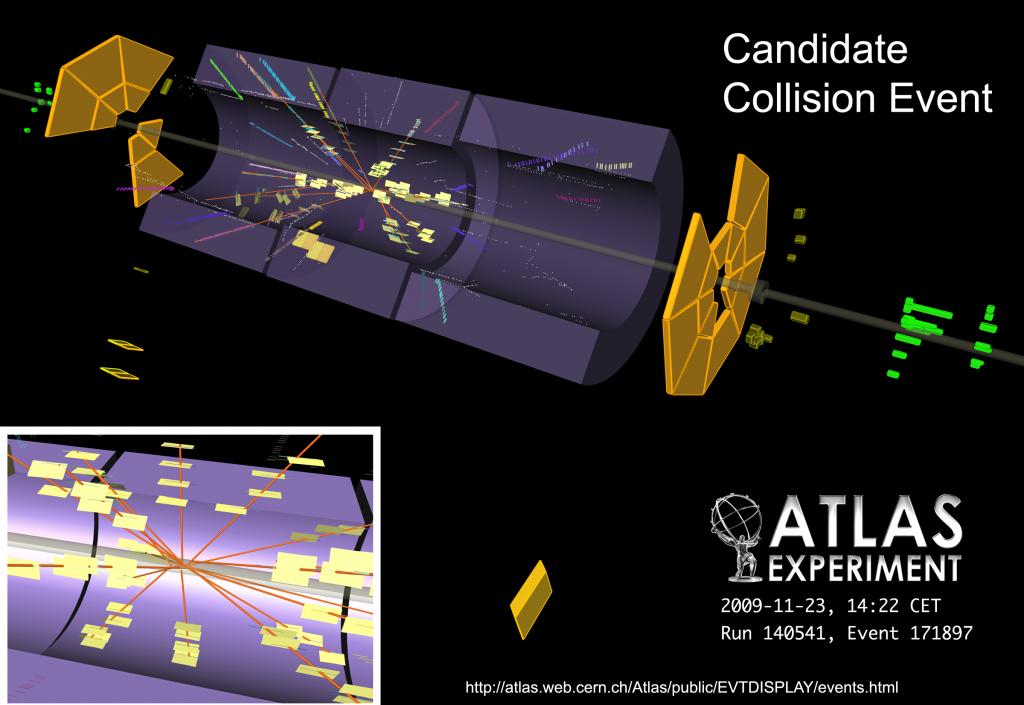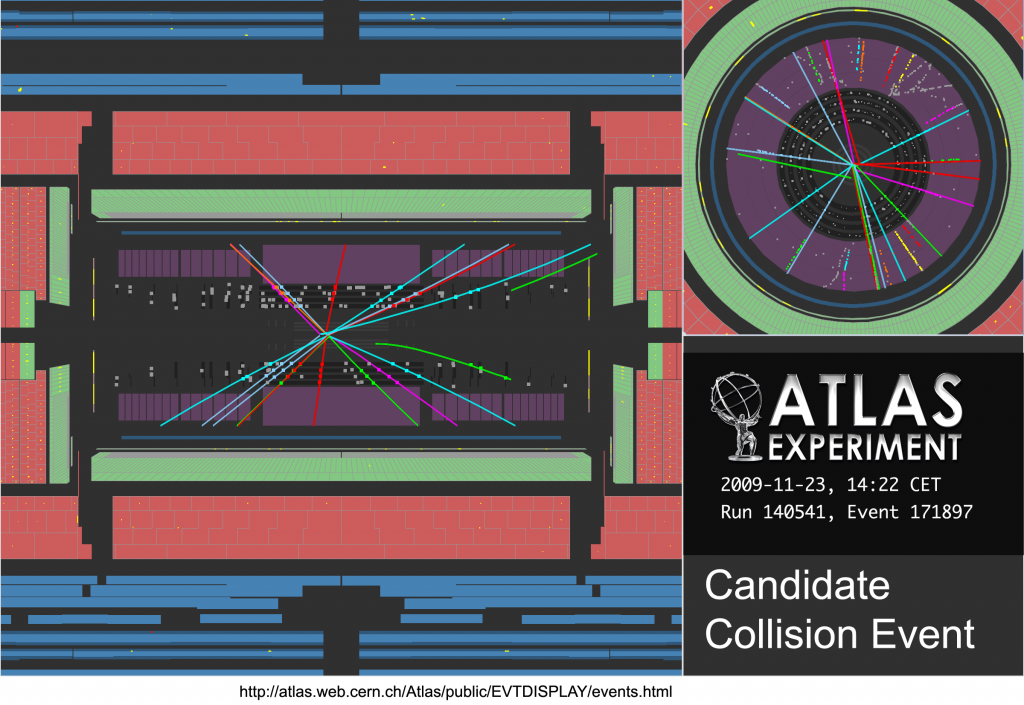Attention is finite, time is finite. With an increasing number of stimuli how do you discriminate within important and not relevant informations?
Anything that is not important falls back into the noise category. For example, within all the inputs you can collect from facebook/reader/twitter and now also buzz, how do you discriminate?
In this post attention is compared to a currency.
In this other post (ita) attention is compared to energy.
Instead I like to think about attention more like a rack of spotlights. (Yeah I know it doesn’t make any sense, but follow me for a bit more).

From Rissygirl16 @ deviantart.com
It’s a rack of spotlights, which you can direct to illuminate a black sky. Everything is under your attention is illuminated, all the other stuff is in a gray or black area.
It’s a rack, and not just one, because focus comes into play as well. When you concentrate on something is like if you are beaming your current interest with more then one spotlight. This of course requires a lot of energy and it’s very difficult. Why?
Let’s broad the view a bit.
The brain has evolved a very efficient system to discriminate within different kind of stimuli. Basically anything which can be a direct danger for your survival takes the priority, reshuffling any previous priority list.
To do that your brain is always processing all the signals coming from the environment around you. This is a background process, which does not cost fatigue, or at least not the on you are fully aware. I think this is the key point.
While you need to use a bit of your attention (remember the spotlights rack?) to process the inputs that maybe will be interesting for you, you still need to get the job done, so a big amount of the spotlights should beaming to the current activity you are doing.
Now, think about this scenario: you have a finite amount of spotlights (let’s say ten for clarity) and then you are doing one activity (let’s say reading this post). How many free spotlights do you have to take care of your current activity? One? Two? Where are my other spotlights?
Your other spotlights are taking care of something else. The main difference with sensory inputs is you need to be aware of that, and you need to “drive” them in a conscious way.
This require a lot of energy. More over keeping the focus sharp with only one spotlight there takes a lot of energy more.
The question is: do you want to spend all that energy to that? Are you hitting an overhead problem, which is taking care of things which are just noise for you? Can you keep your focus sharp on your “primary” activity? This is not a multitasking problem, because we are still in the deciding period, when you think if that hings is interesting or not. So the action is not yet in itinere.
Let’s say you can do that. You need only a bit of your spotlights to illuminate your current activity and to be aware of what is going on around you. Now you find something interesting.
In which way you switch the attention? There are any difference from children which grew up with internet and all the stimuli in full swing and people who were never exposed to that? We follow some kind of rule to reshuffle our priority list?
This is a big field of investigation, in the mean time use a strategy. Or don’t.





